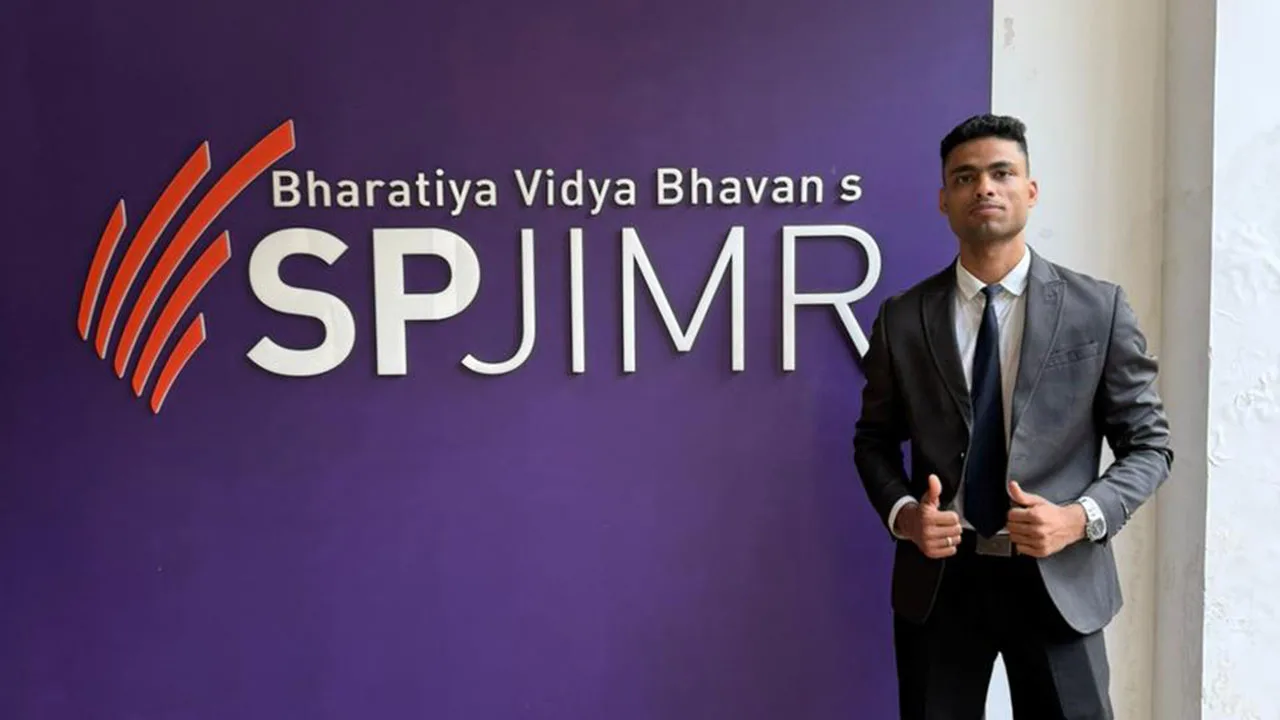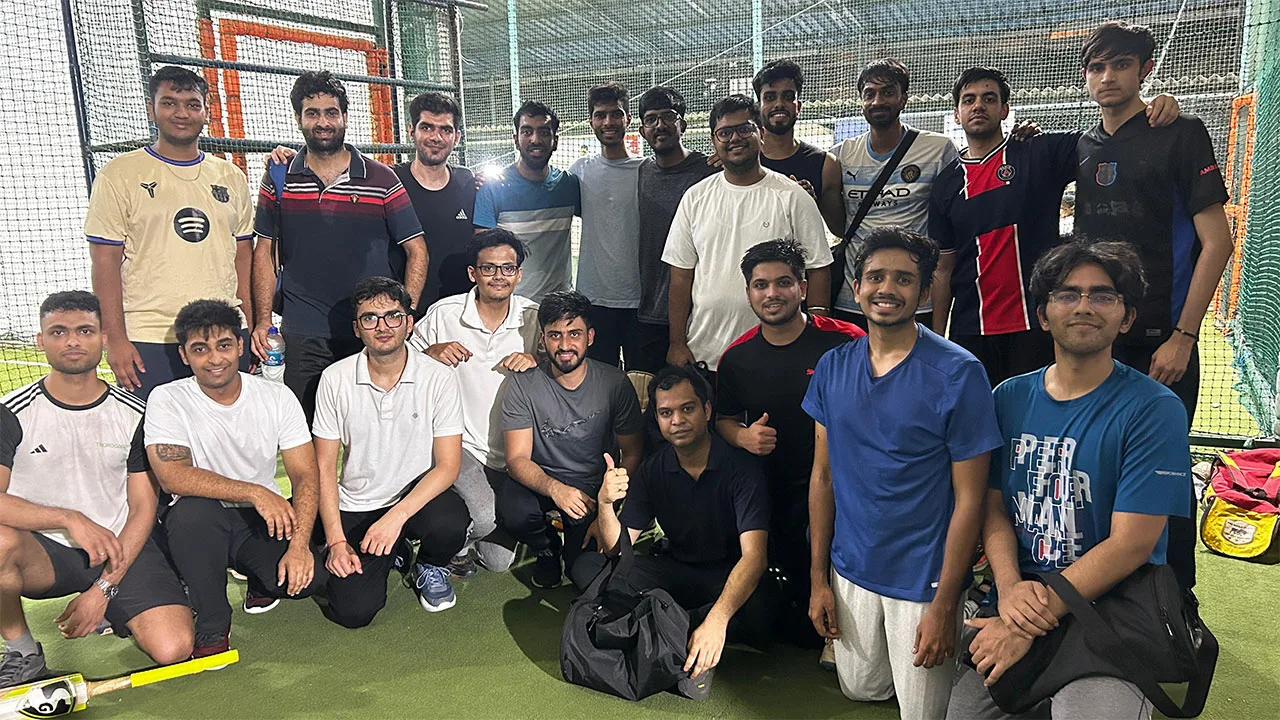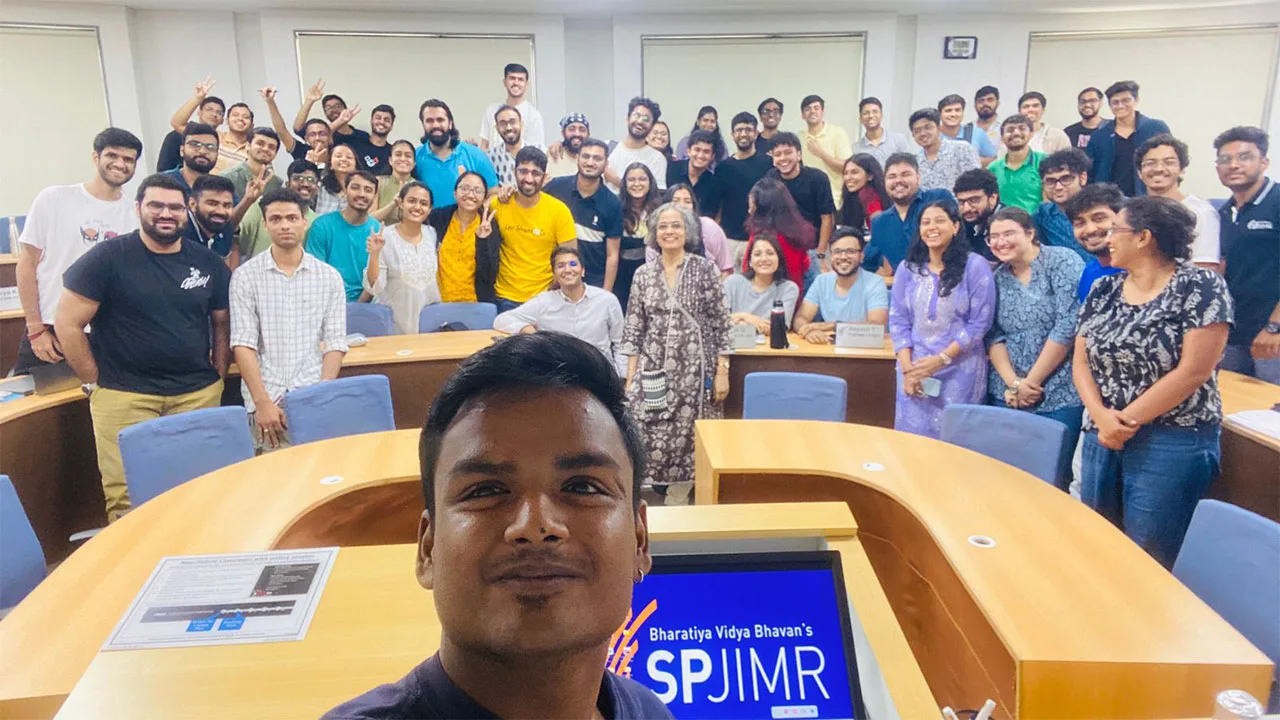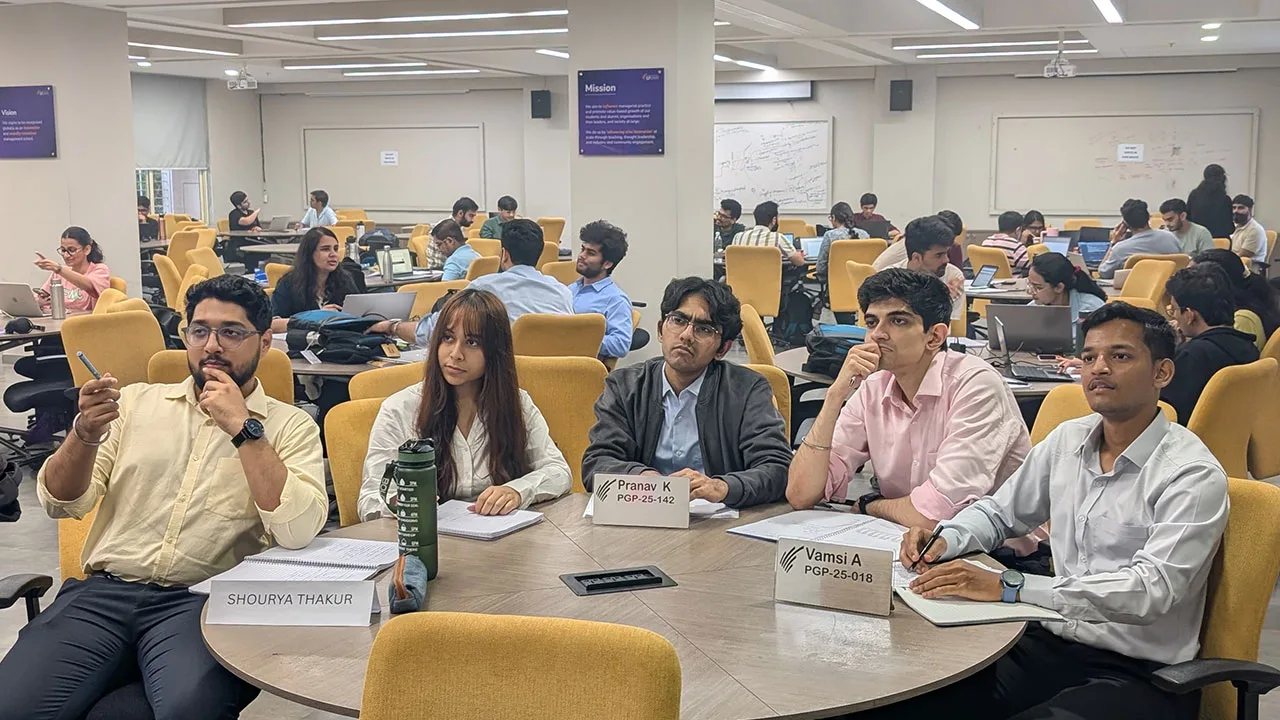Find the programme that meets your requirements and aspirations.
Apply nowStudent blogs
- SPJIMR
- Blog
- Turning strategy into action: Lessons on execution from Arundhati Govekar
Turning strategy into action: Lessons on execution from Arundhati Govekar






‘The ability to execute is what truly sets great leaders apart, in a world where ideas are everywhere.’
This powerful message came alive during an insightful session by Arundhati Govekar, an SPJIMR 2012 alumna and a certified leadership coach.
Addressing the first-year PGDM students at the MLS as part of the ADMAP course, Ms. Govekar focused on the book ‘Execution: The discipline of getting things done’ by Lawrence Bossidy and Ram Charan, helping students apply its principles directly to their upcoming summer internships next year.
Execution: The bridge between vision and reality
She began by simplifying the idea of execution, the critical bridge between strategy and results. She emphasised that effective execution lies at the intersection of people, strategy, and operations. It’s not just about planning but being consistent through demonstrated behaviour. She highlighted that it’s by walking the talk and being accountable that you earn respect from your seniors, peers, and juniors.
She urged students to stay grounded in reality and consequences. “Don’t assume things,” she mentioned, a simple yet powerful reminder for the batch preparing for their upcoming internships. Her message was clear: great execution requires both willingness and ability.
From reflection to action: The ADMAP connection
The session wonderfully tied into SPJIMR’s ADMAP competencies, which are carefully designed to empower students to become effective leaders. It enables participants to develop their administrative capabilities and management skills experientially, by leading and managing teams and projects outside the classroom.
The discussion resonated well with many core ADMAP competencies, including:
- Unstructured problem solving: Equips students to deal with ambiguity. This is a key skill for execution, where the outcomes are uncertain, and decisions must be made with limited information.
- Curiosity and self-learning: Asking questions, seeking clarity, and building understanding through active listening help in effective execution. This was highlighted by Ms. Govekar through the concept of ‘ask, speak, listen’. She mentioned that the way you understand that you know things is when you ask questions.
- Social skills and communication: The social and communication skills that students develop through the course help drive execution as well. How effectively one collaborates, influences, and builds trust is critical for effective execution. She highlighted its importance and urged the students to build true relationships.
- Leadership without authority: Leading by example and earning respect by being consistent and walking the talk. Often, the team doesn’t have a formal leader, but these skills help in the execution.
- Grit (perseverance + resilience): Staying disciplined, even when faced with challenges, because real execution is about persistence, not perfection. She asked students to understand their patterns by asking questions like, “Why am I not doing this work? What’s stopping me from doing this?” Through the concept of learning and applying, one can build resilience.
- Time management: A critical skill for effective execution. She mentioned frameworks like the ‘Eisenhower Matrix’ to balance the urgent and the important.
- Hard work and discipline: Tracking progress daily, maintaining accountability, and showing up every time. She stressed the fact that complacency is the biggest nemesis. Being from a premier B-school like SPJIMR, a certain amount of complacency can set in, which could hamper the students’ performance during their summers. Since students from other B-schools that have no such pedigree will be working twice as hard to prove their mettle, being complacent is truly our biggest nemesis.
- Creativity: Finding innovative, practical ways to get things done, or as she called it, “Peripheral pickup, the power of jugaad.”
By connecting these competencies to execution leadership, Ms. Govekar reminded us that ADMAP is more than a course; it’s a mindset that builds future-ready leaders.
The GROW model
The GROW model was another major highlight of the session, which is a simple tool for turning intent into action.
- G (Goal): Specify clear, measurable, and actionable goals considering the potential.
- R (Reality): Discard the assumptions or opinions, and consider only the verifiable facts.
- O (Options): Explore all the options that can help achieve the goal, while keeping reality in mind. Account for consequences and trade-offs.
- W (Way forward and will): Identify the next steps, tasks, and resources needed.
She linked them beautifully to SMART (Specific, Measurable, Achievable, Relevant, and Time-bound) goals. By breaking down larger goals into smaller measurable tasks, being accountable, disciplined, and tracking every day, execution becomes much easier.
Her focus on self-awareness was insightful as well. She focused on the importance of understanding our personal patterns. What drives us, what stops us, why we procrastinate, etc., are some patterns whose understanding is key to improving both willingness and ability. Execution begins within.
Internship readiness: Putting execution into motion
As students await the start of their summer internships, Ms. Govekar encouraged them to apply these ideas through a 15-30-45 day plan, an adaptation of the classic 30-60-90 framework. The goal is to translate strategy into day-to-day actions:
- The first 15 days: observe, learn, and plan.
- The next 30 days: practice, volunteer, and apply.
- The next 45 days: deliver results and strengthen relationships.
She emphasised the importance of understanding one’s manager’s style, staying realistic about solutions, and always following through. Execution, she said, is not just a professional skill but a personal discipline. She stressed the importance of practice and attitude for growth. She also urged the students to go back to their notes and takeaways from the session before starting their internships, to perform to their best potential.
The big takeaway
The session left students reflecting on their own patterns, why they delay, where complacency sneaks in, and how they can be more intentional.
Her insights reminded students that as future managers, their success won’t depend solely on ideas but on their discipline to turn those ideas into reality. That’s the essence of execution and the heart of the SPJIMR way.
About Post Graduate Diploma in Management (Business Management)
Post Graduate Diploma in Management (Business Management) is a two-year, full-time residential programme with a General Management focus. Built on identical pillars as the current PGDM programme, it is an AICTE-approved programme and admits only 120 participants. PGDM (BM) gives its participants the unique flexibility to choose a preferred mix of courses to align with their career goals and help them develop a holistic overview of all functional areas to excel in cross-functional business decision-making.




